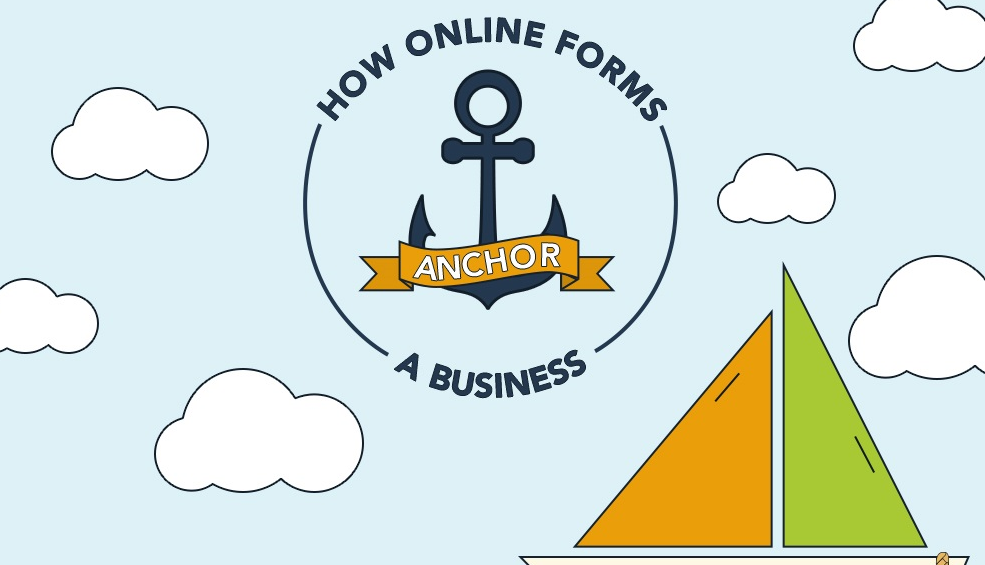In today's fast-paced digital world, it's important for businesses to understand the buyer's journey. Before making a purchase, the consumer undergoes a process known as the buyer's journey. In order to effectively reach your audience, you need to be aware of their needs and challenges at every stage of this journey. In this blog post, we'll discuss how to reach your audience at every stage of the buyer's journey and convert them into loyal customers.
Understand Your Audience's Needs and Challenges
To effectively reach your audience at every stage of the buyer's journey, it's essential to understand their needs and challenges. There are several methods to acquire knowledge about your audience:
- To better comprehend your audience, establish buyer personas and recognize their pain points.
- Use surveys and analytics to gain insights about your audience's behavior.
- Research competitors to understand how they target your audience.
By understanding your audience's needs and challenges, you can create content and offers that resonate with them and address their pain points. This will help you build trust and credibility, and ultimately, convert them into loyal customers.
Grab Attention with Eye-Catching Content
Now that you have identified your target audience and their pain points, it's time to create content that captures their attention and makes them want to learn more.
1. Employ captivating headlines and visuals to capture attention
Make sure your headlines are brief, straightforward, and compelling to catch people's interest. Use strong action words and phrases to hook your audience and entice them to read more. Visuals such as high-quality images, infographics, and videos can also make your content more appealing and engaging.
2. Customize the content according to the tastes and interests of your audience
Understand what your audience likes and tailor your content to their interests. Use language that resonates with them and provide information that they find useful.
3. Create content that solves your audience's problems
Your content should address the pain points and challenges of your audience. Provide solutions to their problems and show them how your product or service can help.
4. Use storytelling to engage your audience
Stories are powerful tools for connecting with your audience on an emotional level. Use anecdotes, case studies, and testimonials to illustrate how your product or service has helped others.
By creating eye-catching content that speaks to your audience's needs and interests, you can increase engagement and build a relationship with your prospects that can lead to increased sales and customer loyalty.
Educate and Offer Solutions to Your Prospects
Providing valuable information to your prospects is key to building trust and establishing yourself as an authority in your industry. Here are some tips for educating and offering solutions to your prospects:
- Provide valuable information: Share information that your prospects will find useful and relevant to their needs. This can be in the form of blog posts, whitepapers, eBooks, or other types of content.
- Position your product or service: Show how your product or service can help solve your prospects' problems or address their pain points. This helps to differentiate yourself from competitors and demonstrate your unique value proposition.
- Offer free trials, demos, or consultations: Giving prospects the opportunity to try out your product or service can help them understand its benefits and how it can help them.
- Provide customer testimonials: Social proof is a powerful tool for building credibility and trust. Highlighting customer success stories through testimonials can help to convince prospects of the value of your product or service.
By educating and offering solutions to your prospects, you're not only building rapport and trust, but you're also positioning yourself as an expert in your field. This can lead to increased conversions and long-term customer loyalty.
Create a Sense of Urgency with Limited-Time Offers
Creating urgency is a powerful way to persuade prospects to take action. By offering limited-time offers, you can generate a sense of urgency and encourage quick decision-making. Here are some tactics to help you create urgency:
- Create limited-time offers: Offer special discounts, free gifts, or exclusive access to your products or services for a limited time.
- Use scarcity tactics: Highlight limited stock, limited availability, or limited time frames to increase the perceived value of your offer.
- Create urgency through FOMO: Play on your audience's fear of missing out by emphasizing the benefits of acting now.
- Offer exclusive discounts: Provide unique discounts to drive immediate sales, incentivizing prospects to act quickly to take advantage of the offer.
By creating a sense of urgency, you can motivate prospects to take action and move them closer to making a purchase decision.
Nurture Prospects into Loyal Customers with Personalized Communication
To turn potential customers into loyal ones, it is important to use personalized communication. After attracting their attention and providing solutions to their problems, nurturing relationships is crucial. Email marketing is a great way to achieve this. By capturing email addresses with lead magnets or opt-in incentives, you can send personalized messages that address their specific needs and interests. Make sure to segment your email list to ensure that the right messages are being sent to the right people. Your content should be relevant, valuable, and informative to keep them interested in your offerings. Personalized messages that address their specific needs and interests are key to building a strong relationship. Automation tools like email autoresponders and chatbots can save time and improve efficiency. Set up automated messages to be sent at specific intervals and use chatbots to answer frequently asked questions so you can focus on building relationships with your most valuable prospects.
Provide Exceptional Customer Care at Every Touch Point
Providing exceptional customer care is crucial to building long-term relationships with your customers. Here are some things to keep in mind:
- Offer multiple channels for customers to contact you: Make sure your customers can reach out to you through various means such as email, phone, chat, or social media.
- Respond to inquiries and complaints in a timely and professional manner: Make sure you reply to your customers' requests and complaints quickly and handle them in a professional manner.
- Provide proactive customer service and follow-up: Don't wait for your customers to reach out to you. Instead, be proactive and reach out to them to check if they need any assistance or follow up on their requests.
- Use customer feedback to improve your business and customer experience: Gather feedback from your customers and use it to improve your products, services, and overall customer experience.
By providing exceptional customer care, you create a positive impression of your business, increase customer satisfaction, and encourage customer loyalty.
Measure Your Success and Continuously Improve Your Strategy
Tracking key performance indicators (KPIs) is crucial to measuring the success of your buyer's journey strategy. It allows you to monitor your progress towards your goals and make data-driven decisions.
Analyze your data to identify trends and areas for improvement. Look for patterns in your audience's behavior, such as which stages of the journey they are dropping off or where they are spending the most time.
Test and experiment with different tactics and strategies to see what works best for your audience. This might include A/B testing your emails, trying different social media platforms, or experimenting with different types of content.
Stay up-to-date with industry news and changes to ensure that your strategy remains relevant and effective. Attend conferences, read industry publications, and network with other professionals to stay on top of your game.
Remember, the buyer's journey is a continuous process. It requires ongoing attention and adjustment to ensure that it aligns with the needs and expectations of your target audience. By measuring your success and continuously improving your strategy, you can stay ahead of the curve and deliver exceptional experiences to your customers.
Conclusion
The buyer's journey is a complex process that requires strategic planning and execution. By understanding your audience's needs and challenges, you can create content that resonates with them and positions your product or service as the solution they've been searching for. It's important to educate and offer solutions to your prospects while creating a sense of urgency to drive action. Personalized communication and exceptional customer care are crucial for nurturing prospects into loyal customers. Finally, measuring your success and continuously improving your strategy will ensure that you stay ahead of the competition and provide value to your customers. Remember, the buyer's journey is an ongoing process, and it requires constant attention to stay connected with your audience and adapt to their changing needs.
You can also check out the following infographic to learn more about the different stages of the buyer's journey and 22 types of content that you can create to reach your audience at every stage.
Infographic courtesy of Giraffe Social Media.

Related Posts
Community manager at Visual Contenting. Jacqueline loves to talk about social media trends, new technology and how they help businesses accelerate their marketing efforts.







